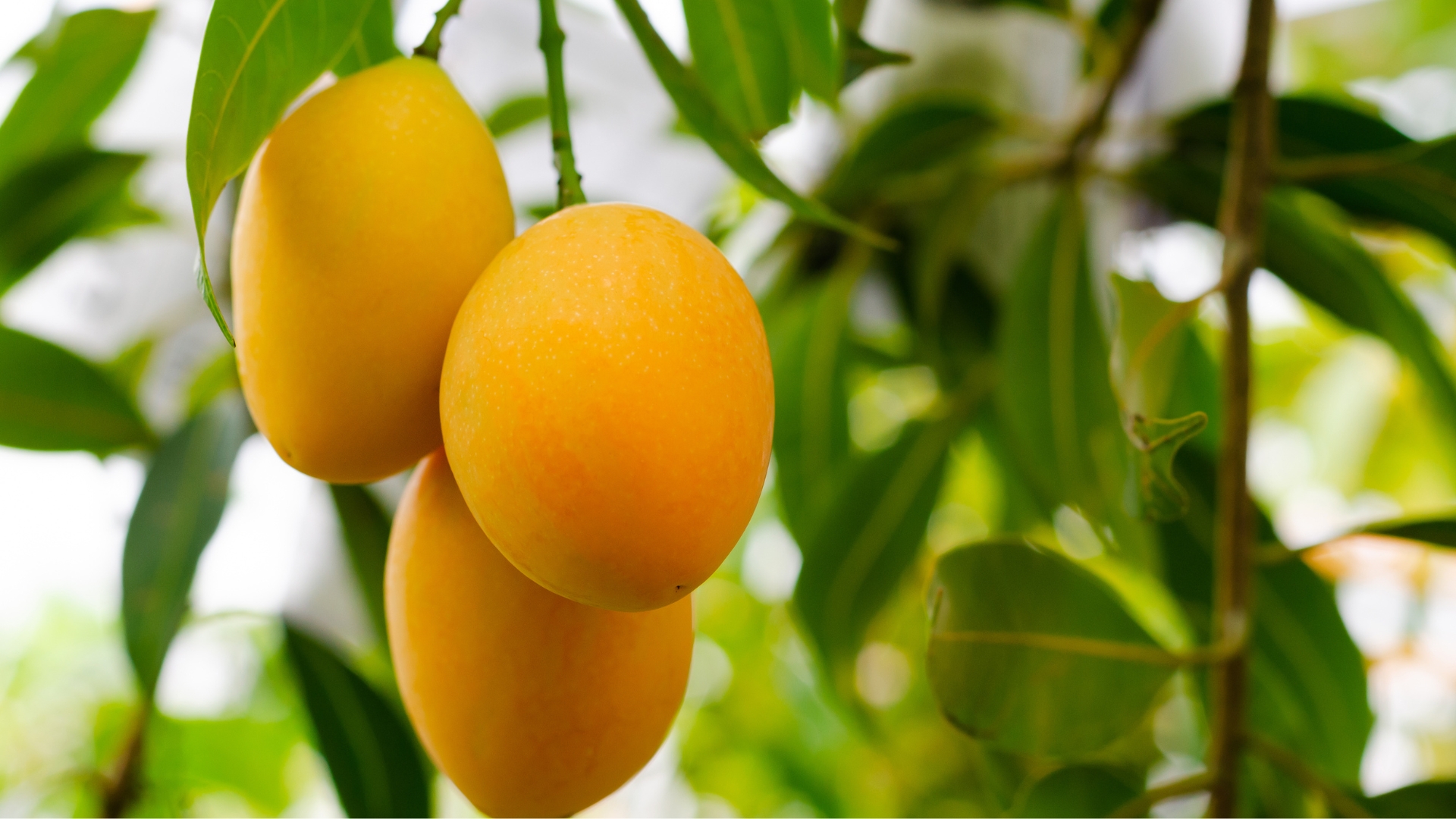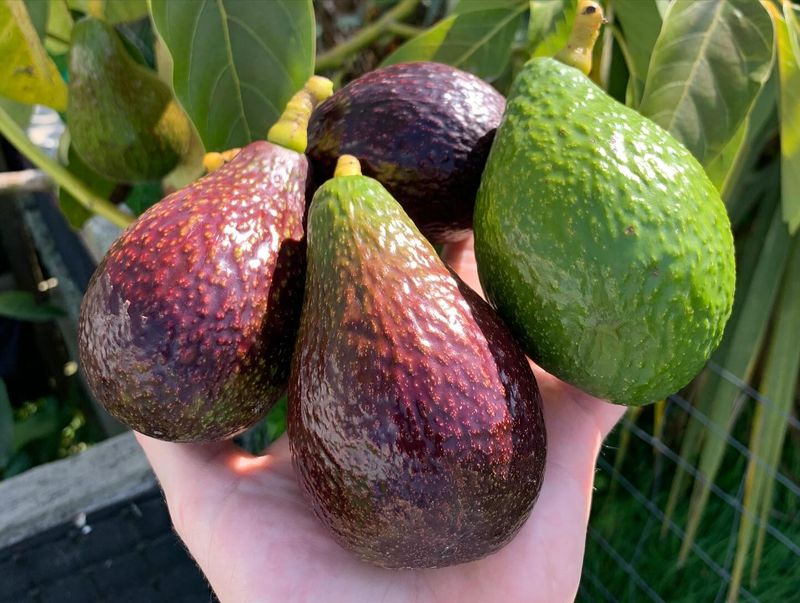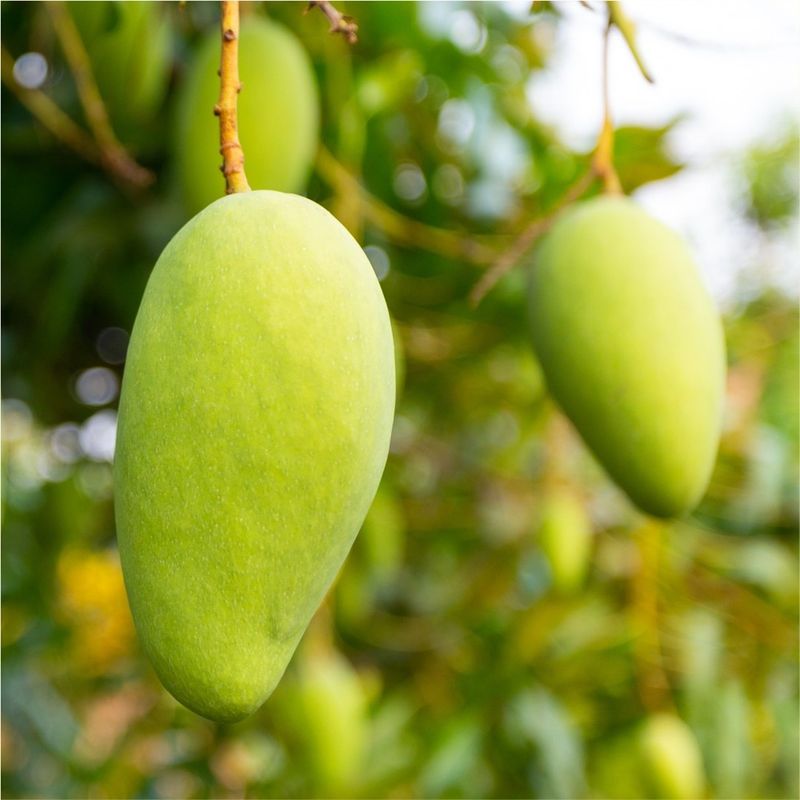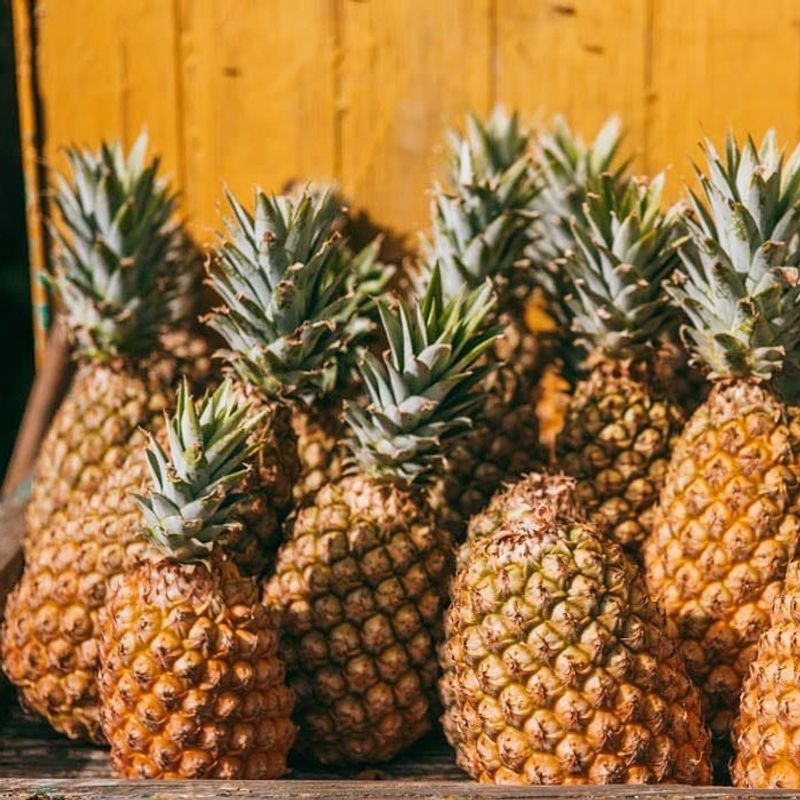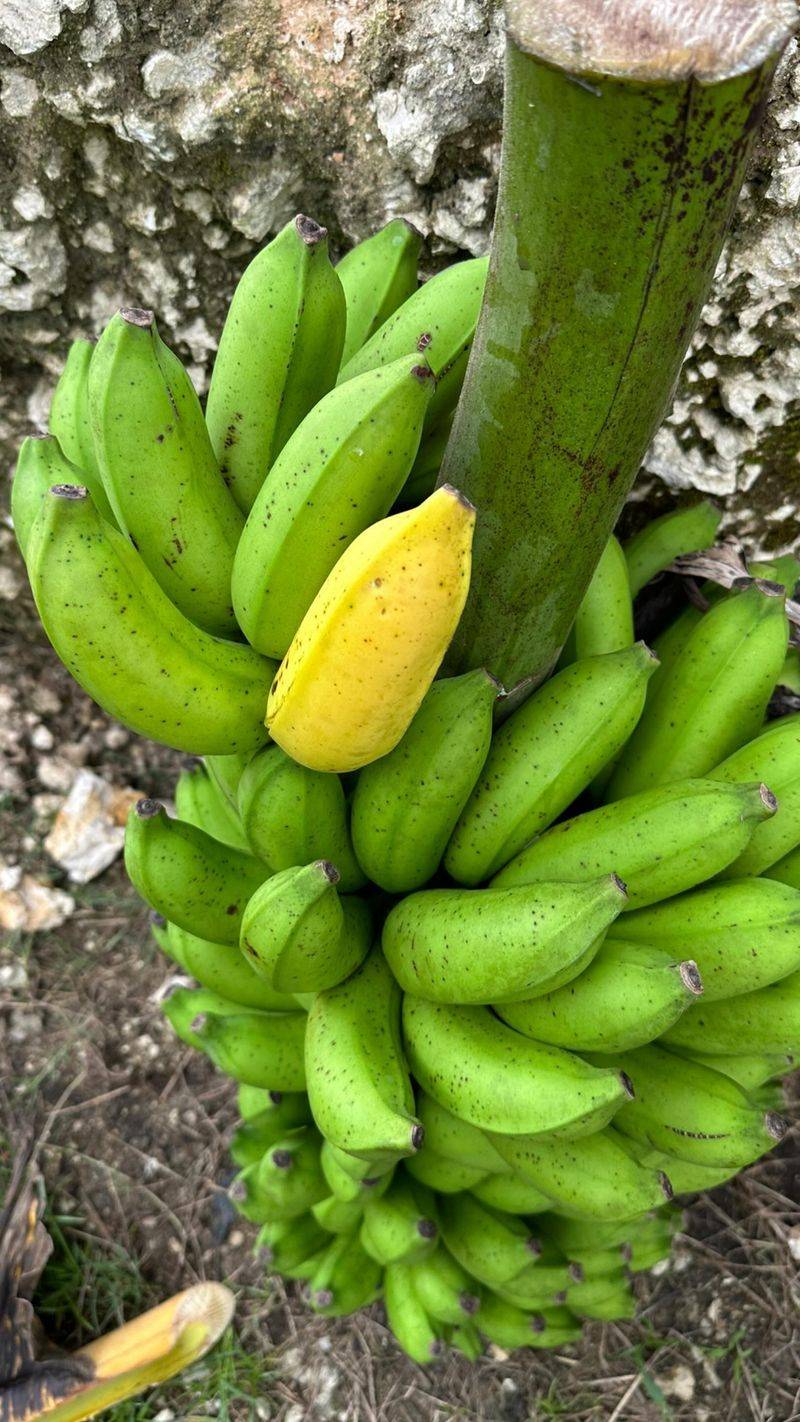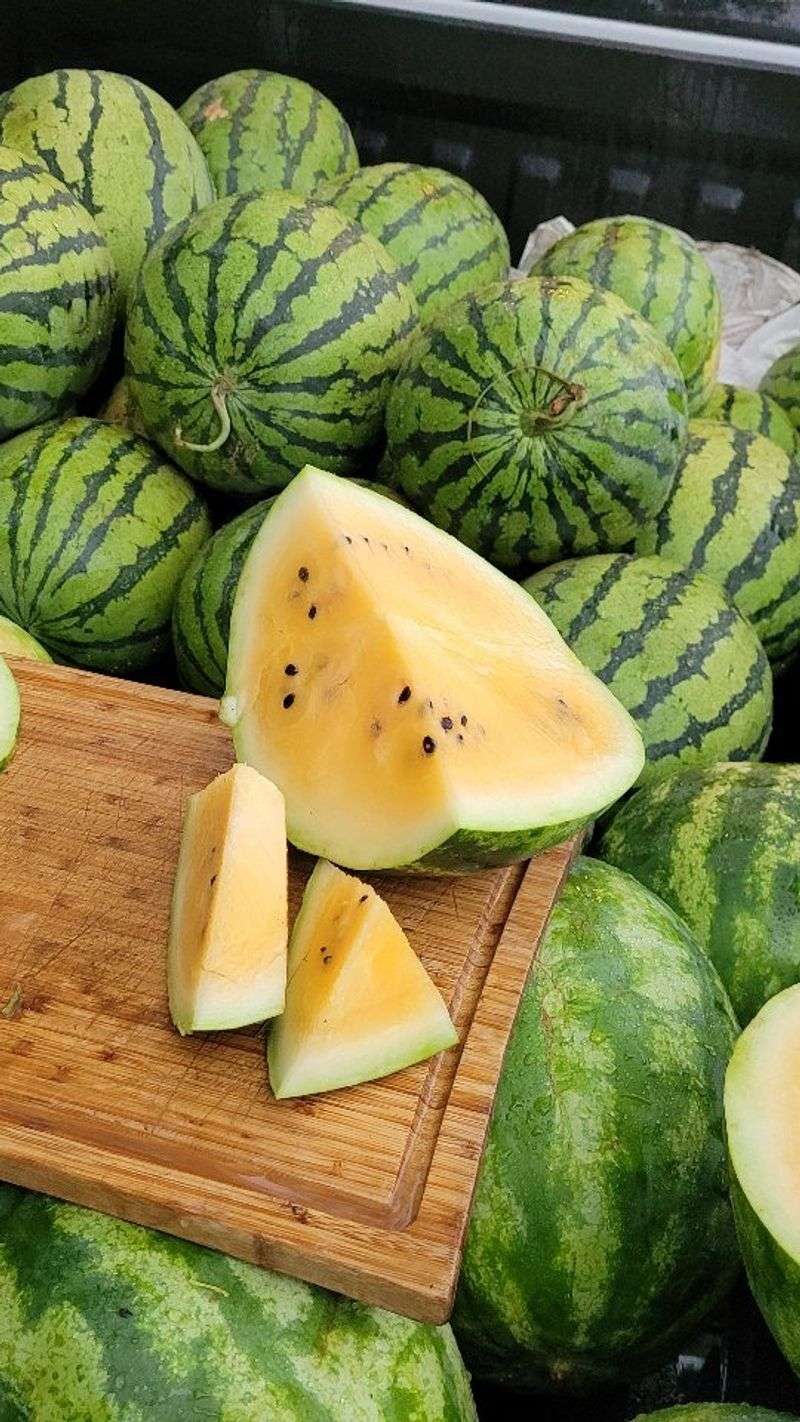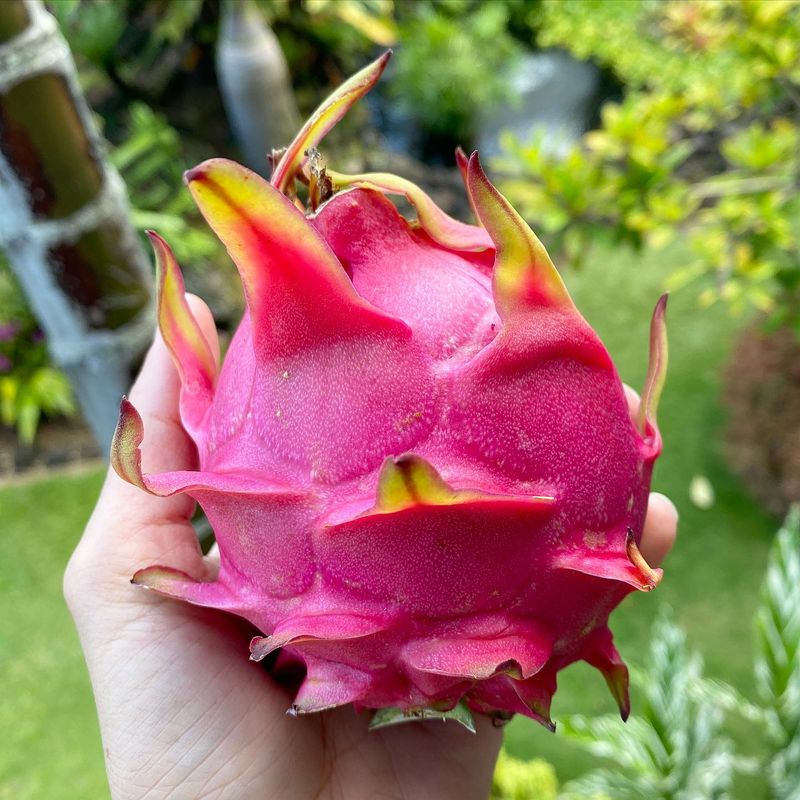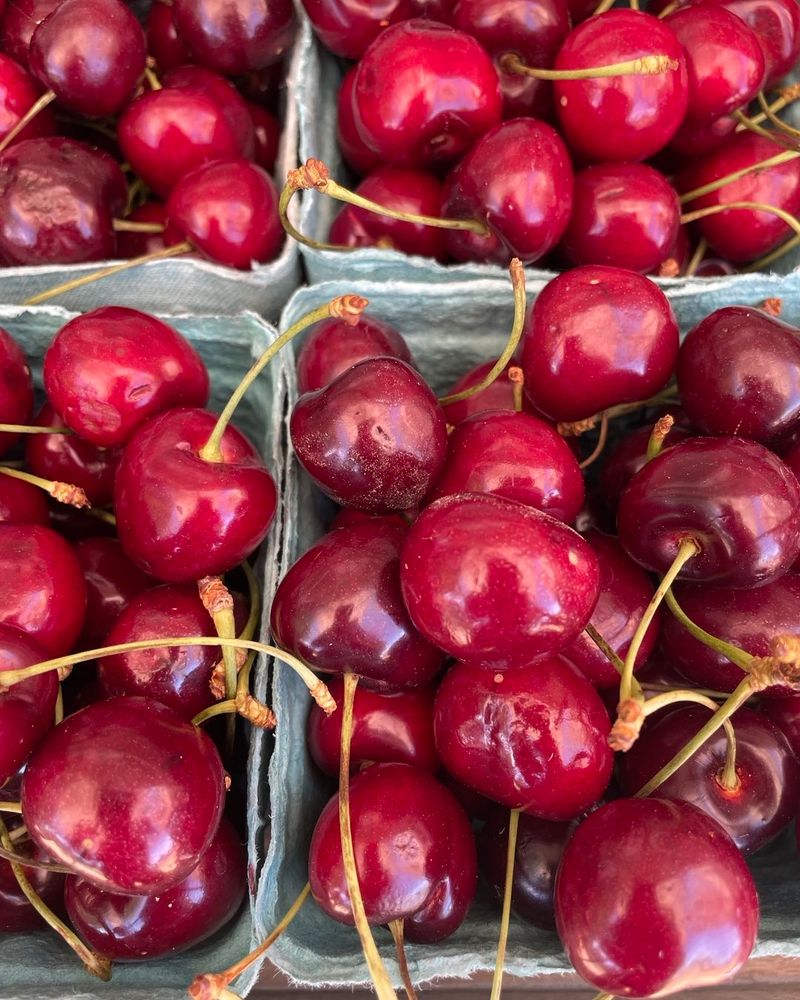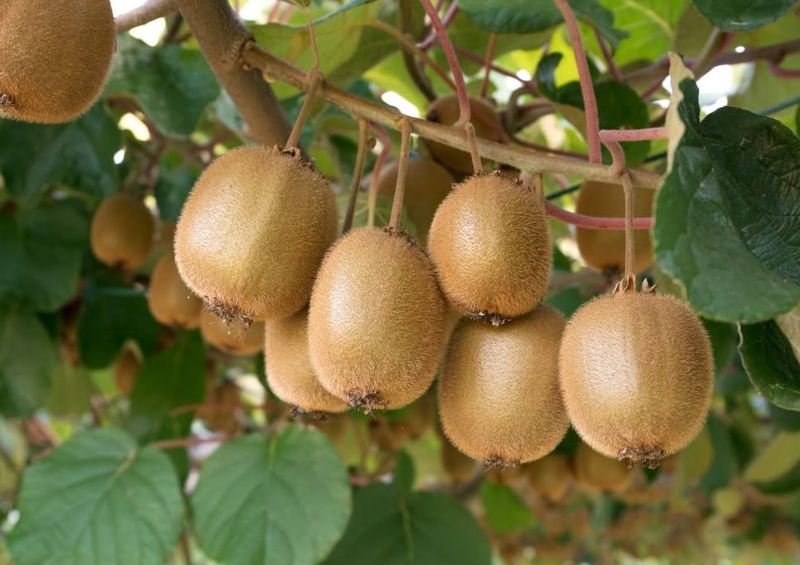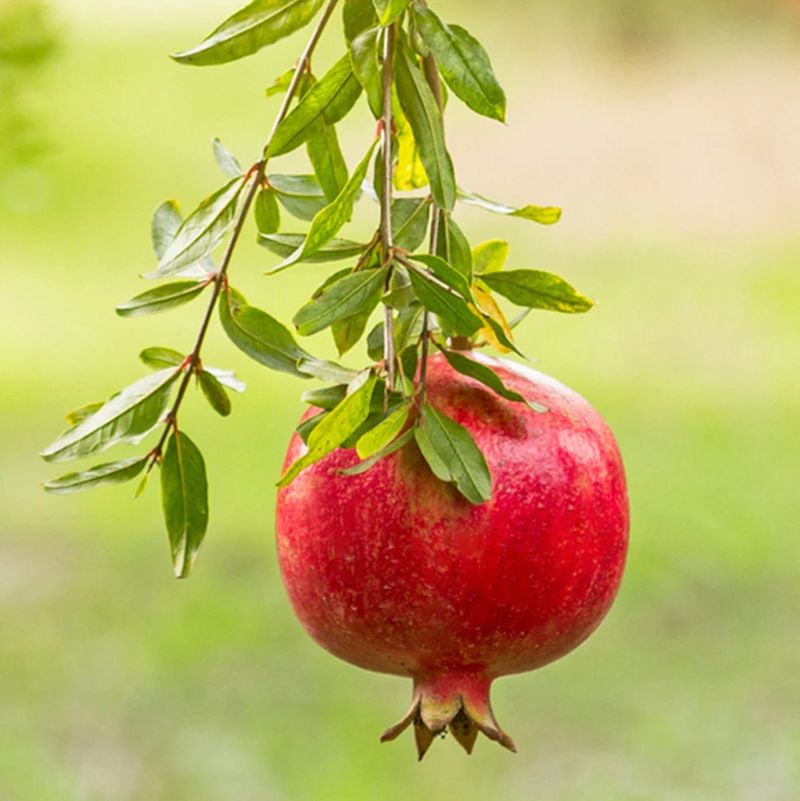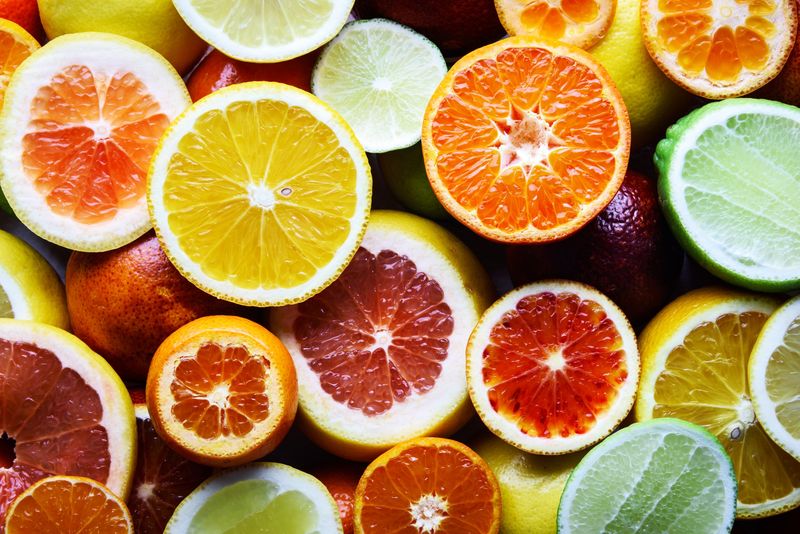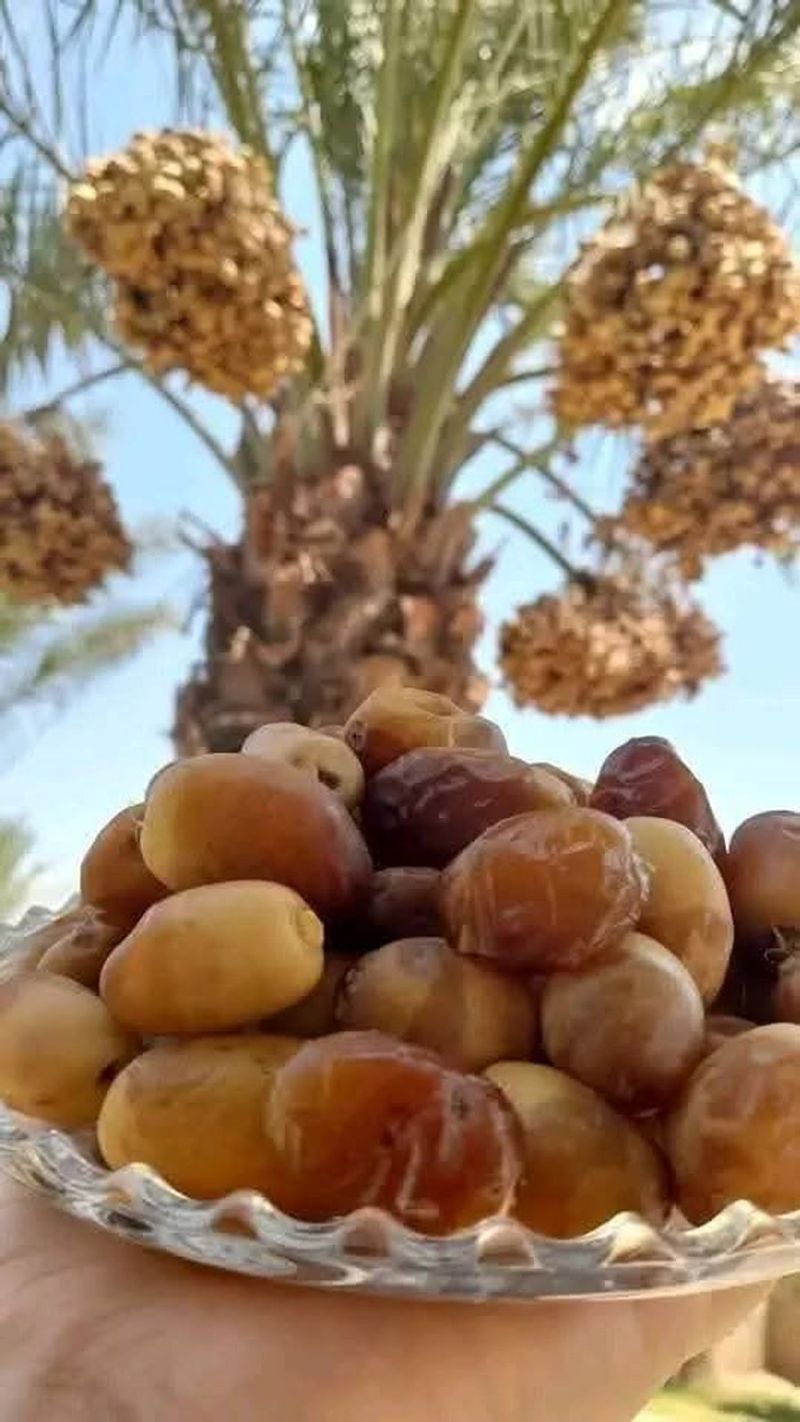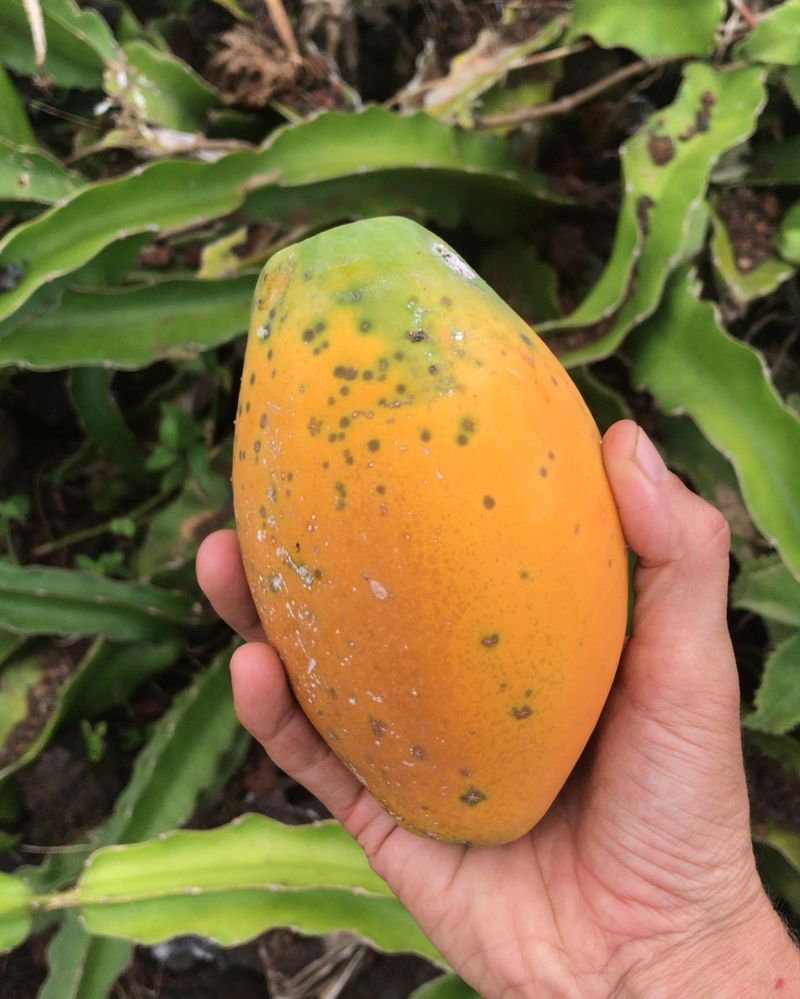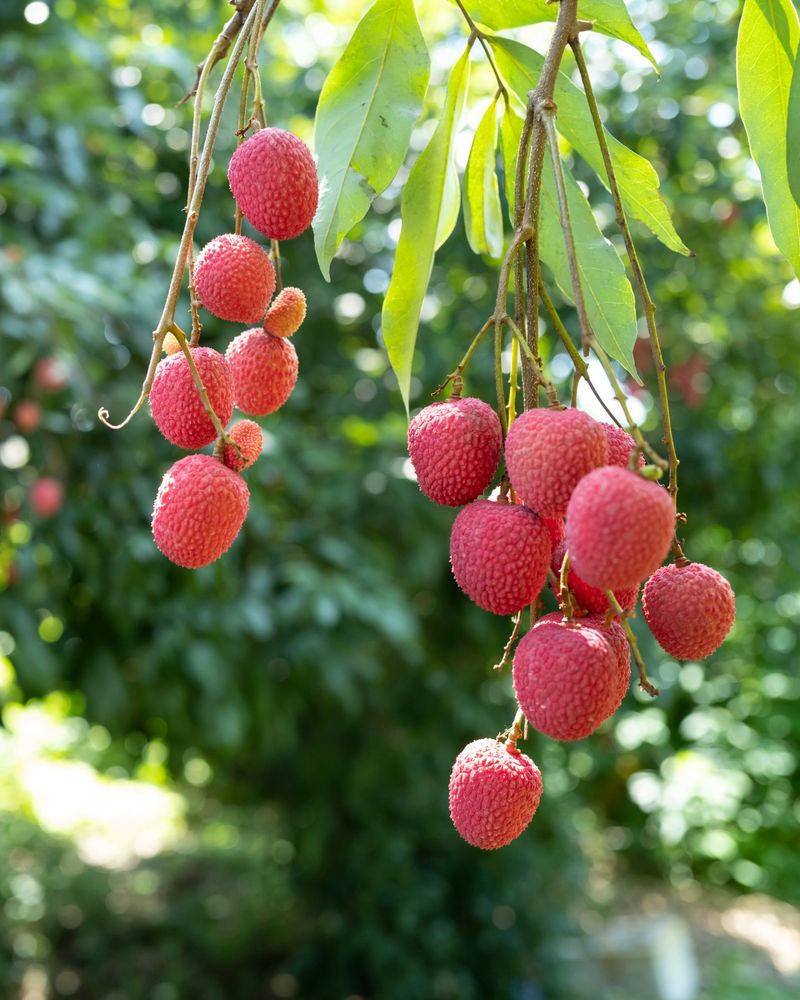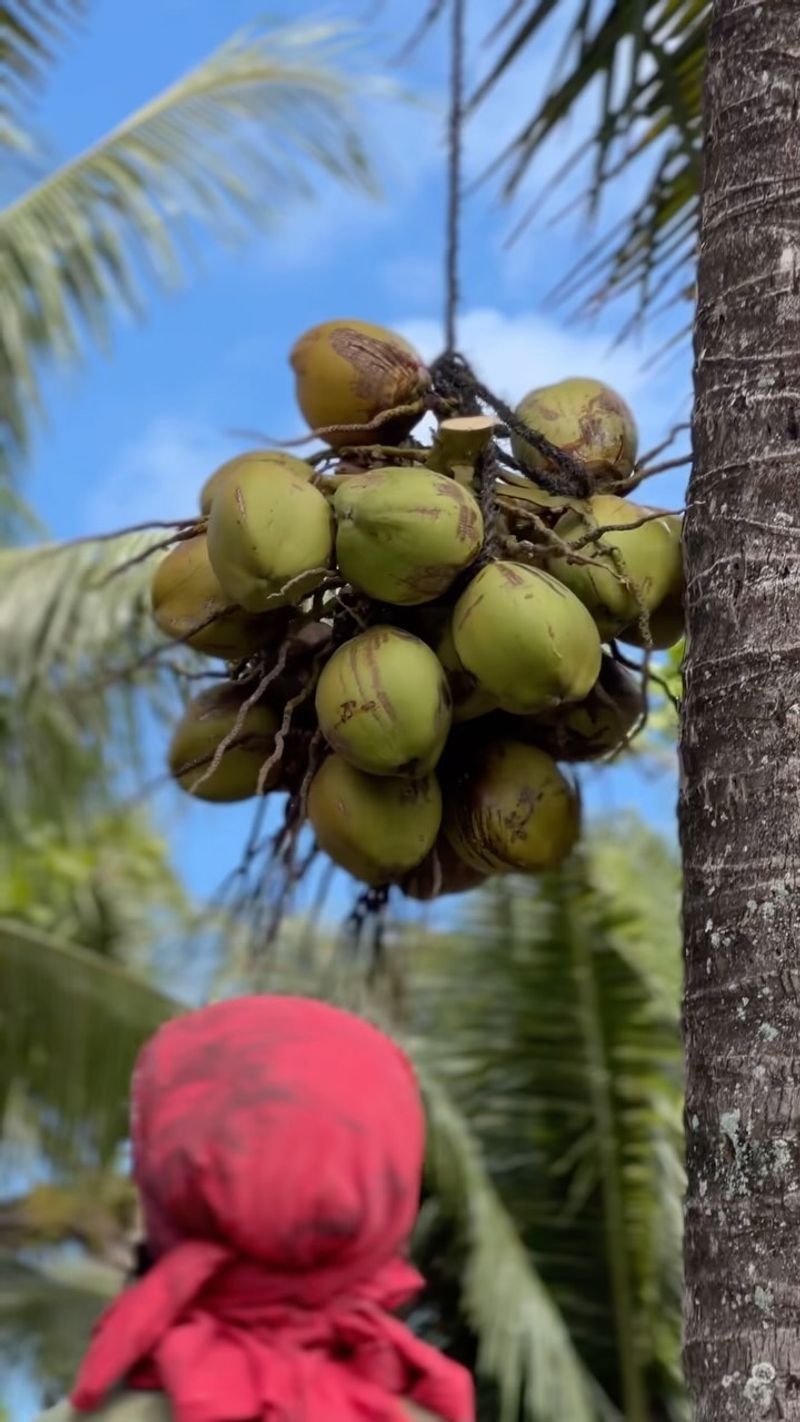I used to think growing fruit at home was all sunshine and sweetness—until I actually tried it. Some fruits just don’t want to cooperate, no matter how much space, sun, or love you give them.
These 15 have tested my patience and my gardening skills more times than I can count. Between pests, picky conditions, and slow growth, it’s a real uphill battle.
If you’ve ever planted a fruit tree with high hopes, you’re not alone.
1. Avocados
Those creamy green fruits we love on toast come with a major growing commitment. Avocado trees can reach heights of 40-80 feet and might take 5-13 years before producing any fruit! Even dwarf varieties require lots of sunshine and protection from cold weather.
Most home-grown avocados won’t taste like store-bought ones since commercial varieties are grafted. Without perfect conditions, your tree might flower but never set fruit. For most backyard gardeners, especially in cooler regions, the decade-long wait for potentially disappointing avocados makes this a tough fruit to justify.
2. Mangoes
Trying to grow this tropical delight outside of zones 9b-11 is basically gardening heartbreak waiting to happen. Mango trees hate temperatures below 40°F and will die if exposed to frost even briefly. These sun-lovers need full, direct sunlight all day long.
Size presents another challenge – standard mango trees reach 100 feet tall! Even dwarf varieties still demand 20 feet of growing space. The trees are also notorious for their slow growth, often taking 5-8 years before producing their first fruits. Unless you live in a tropical climate with plenty of space, mangoes will likely remain a grocery store purchase.
3. Pineapples
Despite being technically possible to grow from a store-bought pineapple top, these tropical fruits test even patient gardeners. Each plant produces exactly one fruit after about 2-3 years of growth, making the yield-to-effort ratio pretty disappointing for most home growers.
Pineapples demand consistently warm temperatures between 68-86°F year-round. Even a brief cold snap can damage or kill the plants. They’re also surprisingly thirsty for a tropical plant, requiring regular watering without becoming waterlogged. Unless you live in a tropical climate and have space for multiple plants (to make the harvest worthwhile), pineapples rarely justify the effort for backyard growers.
4. Bananas
The yellow fruits in your kitchen likely came from massive plantations in tropical regions for good reason. Banana plants need constant warmth (above 57°F) and high humidity to thrive. They’re actually giant herbs, not trees, and can reach 20 feet tall with leaves spanning 9 feet wide!
Each banana plant produces fruit only once, after which you must cut it down and wait for new suckers to grow. Commercial bananas are specially bred varieties that rarely match the quality when grown at home. Most backyard varieties produce starchier, seedier fruits than store-bought bananas. Unless you have greenhouse conditions and plenty of vertical space, bananas will frustrate most home gardeners.
5. Watermelons
These summer favorites demand far more real estate than most backyard gardeners can spare. Each watermelon vine sprawls 10-12 feet in every direction, quickly taking over garden beds and crawling up fences. They need consistent watering but hate wet leaves, making irrigation tricky.
Watermelons demand hot weather (at least 80°F) and a long growing season of 80-110 days to mature properly. Many gardeners face heartbreak when their melons split from irregular watering or develop bland flavor from insufficient heat. The space requirements alone make watermelons impractical for small yards, and their climate needs limit success in cooler regions.
6. Dragonfruit
The exotic cactus fruit with flashy pink skin and speckled flesh comes with equally exotic growing demands. Dragonfruit grows on climbing cactus vines that need strong support structures reaching 15-20 feet high. These top-heavy plants require specially built trellises that few home gardens can accommodate.
While technically drought-tolerant, dragonfruit won’t produce well without regular watering and fertilizing. The plants flower at night and often need hand-pollination to set fruit. Most varieties require hot daytime temperatures and cool nights to trigger flowering. Unless you live in a subtropical climate with space for elaborate trellising, dragonfruit will likely remain a specialty market purchase rather than a backyard crop.
7. Cherries
Sweet cherries test even experienced gardeners with their fussy requirements. Most varieties need 1,000+ hours of winter chill (temperatures below 45°F) to produce fruit, yet they’re extremely vulnerable to spring frosts that can kill blossoms. This narrow climate window eliminates many regions from successful cherry growing.
Birds will devour your entire harvest before you pick a single cherry unless you invest in expensive netting. Most cherry varieties require cross-pollination, meaning you’ll need space for at least two trees. Add in their susceptibility to numerous pests and diseases, and it’s clear why commercial orchards with specialized equipment handle most cherry production instead of backyard growers.
8. Kiwi
The fuzzy brown fruits with bright green flesh require far more commitment than most gardeners realize. Kiwi vines need strong support structures similar to grape arbors, as mature plants can weigh several hundred pounds. Most varieties are dioecious, meaning you need both male and female plants to get any fruit.
Patience becomes another major hurdle – kiwi plants typically take 3-5 years before producing their first fruits. The vines are surprisingly vigorous once established, requiring regular pruning to prevent them from taking over. While hardy kiwi varieties exist for colder climates, they produce smaller fruits than the supermarket types most people want. For most gardeners, the space commitment and long wait for fruit make kiwi impractical.
9. Pomegranates
These ancient fruits with ruby-red seeds demand specific growing conditions that most regions can’t provide. Pomegranates need hot, dry summers and mild winters without frost to thrive. While the trees themselves can survive brief cold snaps, fruit production suffers dramatically in humid or cool climates.
Fruiting pomegranates grow into large shrubs or small trees reaching 12-20 feet tall and nearly as wide. The fruits take 5-7 months to mature, requiring a long growing season that many regions lack. Even when successfully grown, cracking and splitting of fruits from irregular moisture remains a common problem. Unless you garden in a Mediterranean-type climate, pomegranates will likely disappoint with minimal fruit production.
10. Citrus
Growing lemons, oranges, or grapefruits outside of zones 9-11 involves significant challenges most gardeners aren’t prepared for. Citrus trees cannot tolerate freezing temperatures – even brief exposure to frost can damage or kill the trees. Indoor growing is possible but rarely produces substantial fruit due to insufficient light and pollination issues.
Potted citrus requires special care including precise watering, specific fertilizers, and protection from pests like scale insects and spider mites. The trees often struggle with nutrient deficiencies showing as yellowing leaves. While dwarf varieties exist for containers, they still need to move indoors during cold weather, making them too cumbersome for many gardeners once they reach mature size.
11. Passion Fruit
The tropical vines producing these aromatic fruits grow with almost invasive vigor in suitable climates, but fail miserably elsewhere. Passion fruit demands temperatures between 68-82°F – any colder and growth stops; any hotter and flowers drop without forming fruit. The vines grow rapidly, reaching 15-20 feet in a single season.
Structural support becomes a major challenge as mature vines can pull down flimsy trellises under their weight. Most varieties are self-fertile but still benefit from hand pollination to maximize fruit set. The fruits themselves often wrinkle and drop when ripe, requiring daily collection. Unless you live in a subtropical climate with strong support structures, passion fruit vines create more work than reward for most home gardeners.
12. Dates
Those sweet, caramel-like fruits come from date palms that reach staggering heights of 75-100 feet, immediately eliminating them from most backyard possibilities. Date palms require intense desert heat (over 95°F regularly) and extremely low humidity to produce quality fruits. Even in perfect conditions, date palms take 4-8 years before bearing their first fruits.
Like many fruit crops, dates have separate male and female trees, meaning you need multiple trees for pollination. Commercial growers actually hand-pollinate female flowers by climbing to the top of these towering palms! Dates also need very specific soil conditions with good drainage but consistent moisture. The combination of extreme height, specific climate requirements, and specialized care puts date growing firmly in commercial territory.
13. Papaya
These tropical fruits grow on what looks like trees but are actually giant herbs with hollow stems. Papayas are extremely frost-sensitive, dying at the slightest exposure to freezing temperatures. They grow quickly but remain short-lived, producing for only 3-5 years before declining.
Papayas present another challenge with their complex sex expressions – some plants are male (never fruit), some female (need males nearby), and some hermaphroditic. Without knowing which type you’re growing, you might waste years on non-fruiting plants. The fruits themselves are prone to numerous fungal diseases in humid conditions. Even successful plants require consistent temperatures above 70°F year-round, making them greenhouse subjects for most gardeners.
14. Lychee
These delicate Asian fruits with translucent white flesh demand specific climate conditions that most regions simply can’t provide. Lychee trees need a distinct cool period (but never freezing) to trigger flowering, followed by warm, humid conditions for fruit development. This precise climate sequence is why commercial production is limited to very specific regions worldwide.
Size presents another challenge – mature lychee trees reach 40-50 feet in height and spread. The trees grow slowly, typically taking 5-10 years before producing significant fruit. Even established trees can be maddeningly inconsistent, sometimes skipping fruit production entirely for a year. Lychee trees also suffer from numerous pests and diseases when grown outside their ideal climate, making them a frustrating choice for most home growers.
15. Coconuts
The iconic tropical fruit grows on palms that demand oceanside conditions most backyards simply can’t replicate. Coconut palms require constant warmth above 72°F, high humidity, and protection from strong winds that can damage their shallow root systems. They absolutely cannot tolerate frost, immediately eliminating most of the continental US from consideration.
Space requirements make coconuts impractical even in suitable climates – the palms reach 60-100 feet tall with fronds spanning 15-20 feet. Salt tolerance is another critical factor; coconut palms actually prefer slightly saline soils found near coastlines. Even with perfect conditions, coconut palms take 6-10 years before producing their first fruits. Unless you own beachfront property in a tropical climate, coconuts will remain a vacation memory rather than a backyard crop.

